Brought together through our love of bees and wildlife we are delighted to be working with Matt and the Team at Green Keeper Services to promote this years' 'No Mow May' campaign. Together we hope to encourage as many of you as possible to turn off the lawn mower in an area of your garden and leave it fallow for the bugs and the bees. In our latest blog article, you will find 6 steps to help you transform this area with wildflower. Go on…give it a go...and re-wild a part of your garden.

'NO MOW MAY' WILDFLOWER AREA
As a professional lawn care company, it might surprise you to know that we are 100% behind the 'No Mow May' campaign created by Plantlife. The campaign aims to encourage people to put a pause to their mowing throughout the month of May. The idea being, to create much needed areas for bees, bugs and other wildlife to thrive in. Over the last few years natural habitats have been on the decline but the good news is, the wildlife that lives there can also benefit from our gardens too!
Now, we're not suggesting that you turn your whole lawn into a wildlife meadow. But if you are lucky enough to have the space, why not find a part of your garden that you could loan to the bugs and bees? This could be either just for the month of May, or maybe consider leaving it for longer and making it a long-term feature of your garden? You only need to donate a metre square to make a little wildlife haven. We do understand that you might be concerned about the look of the area if you are a proud lawn carer, so why not introduce some native wildflowers and add a splash of colour and variety to the landscape. Not only will it create something really attractive to look at, but it will also add to the enrichment of the area for its future inhabitants too.
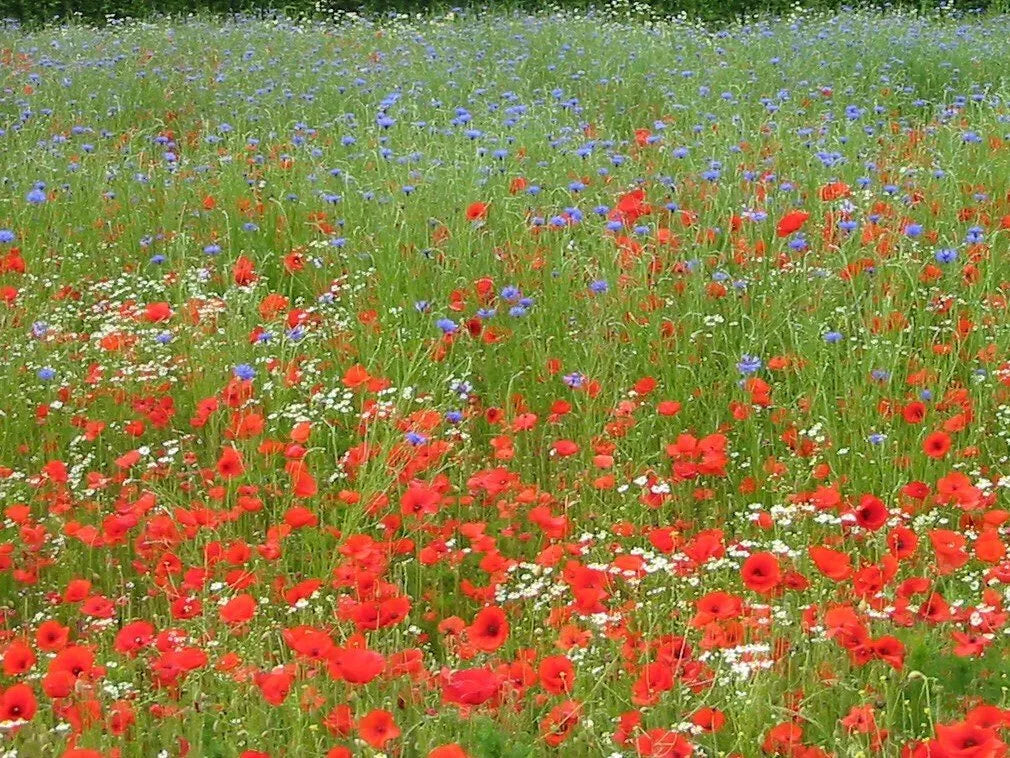
Special Cornflower Annuals
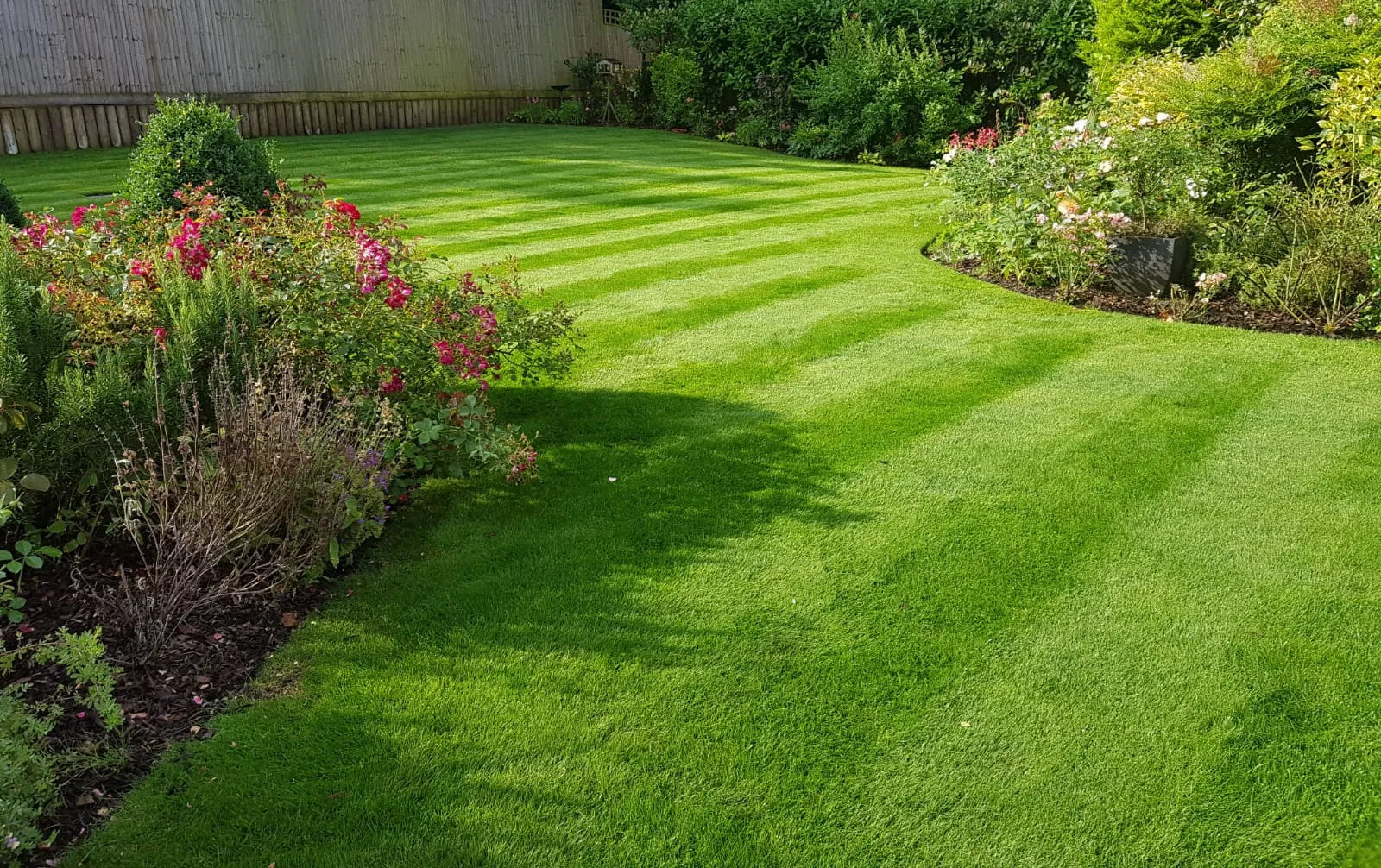
Green Keeper Lawn
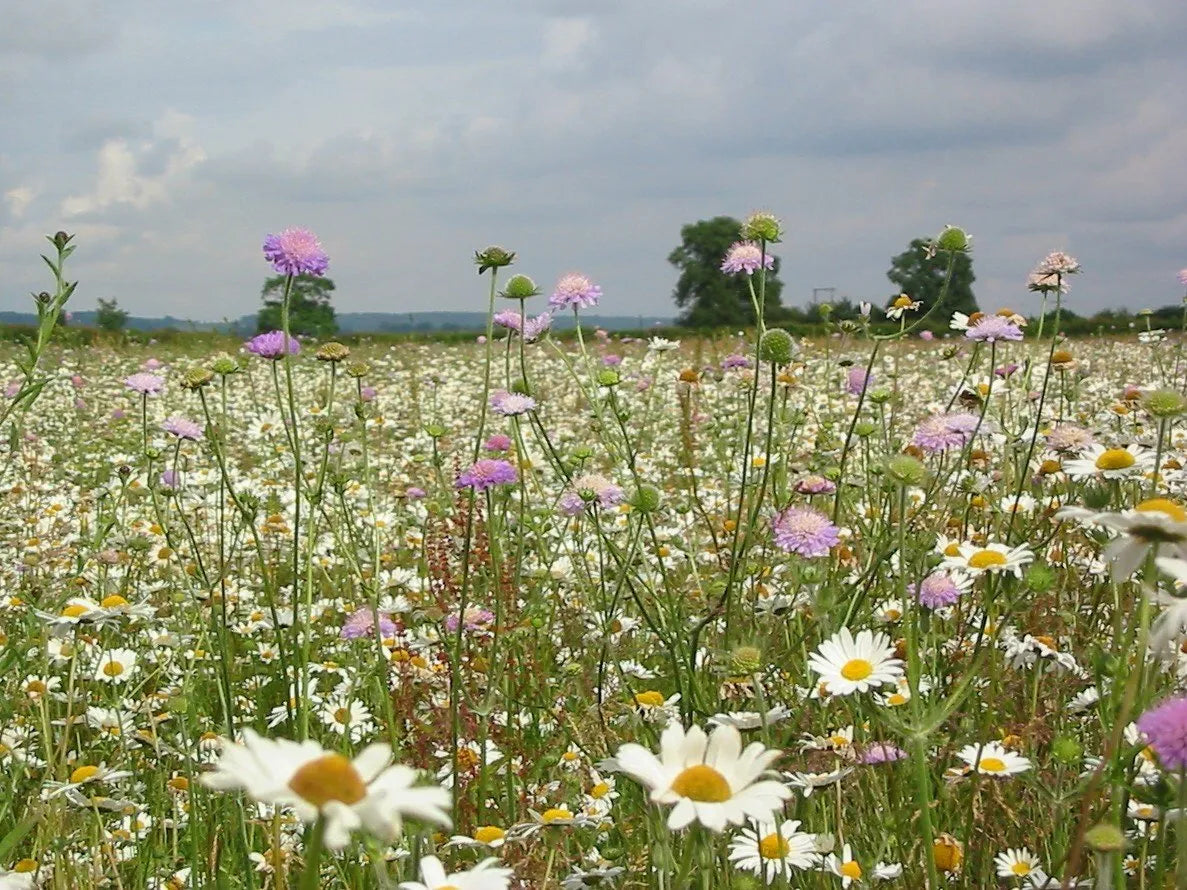
Summer Bee and Butterfly Mix

Yellow Rattle
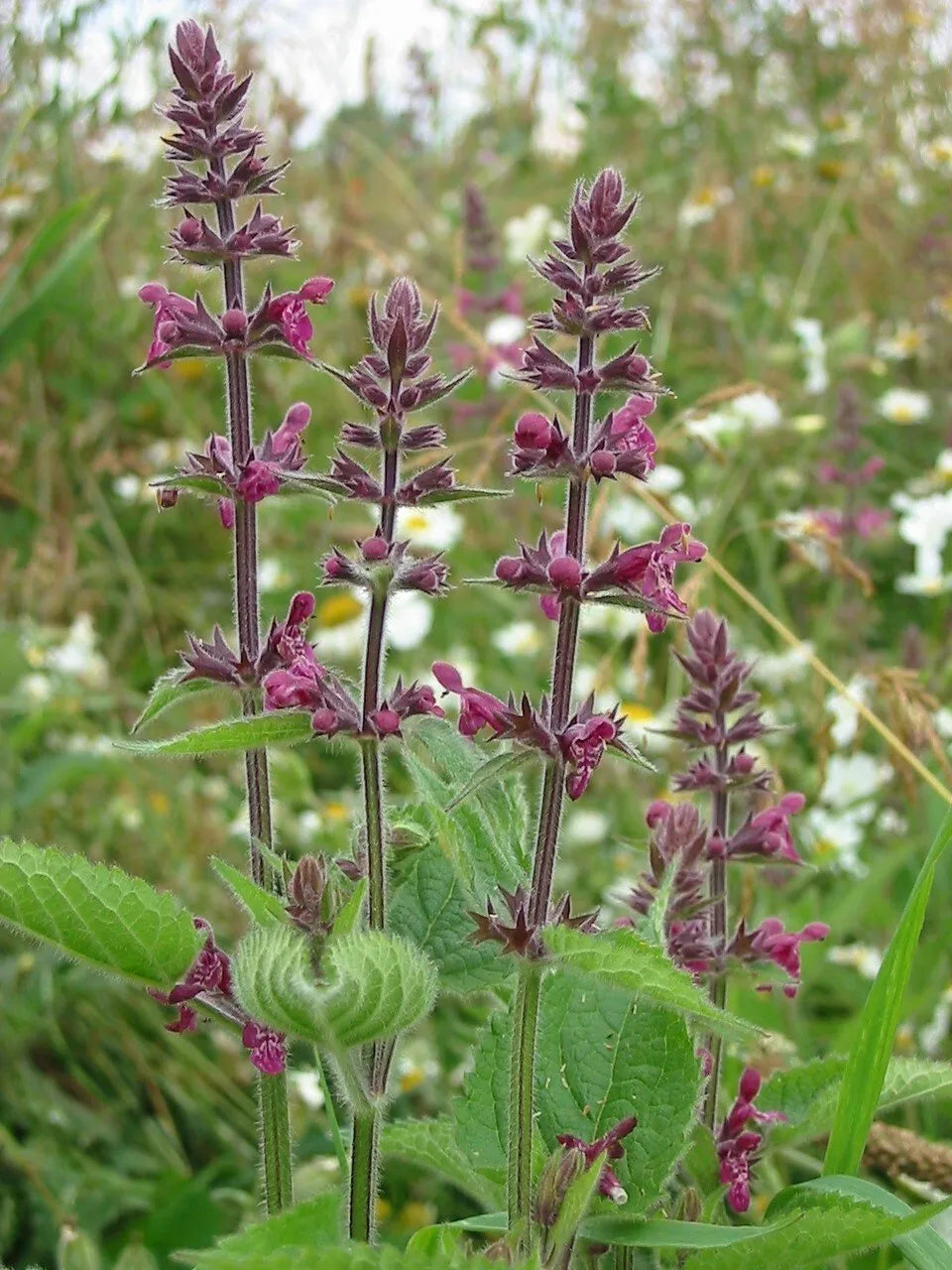
Hedgerow Seed Mix
If you like the idea of creating a wildflower area, there are a few steps you need to follow first before turning the area over to the bugs and bees, so the wildflower thrives alongside the grass. Then you can start encouraging new life in your garden for everyone to enjoy.
Green Keeper's 6 steps:
- Identify the area you are going to turnover to meadow and wildflower.
- Mow the grass in this area as short as your lawn mower will allow.
- Using a garden rake, rake out the thatch (the layer of dead grass and moss that builds up on the soil surface) leaving only the grass behind. Ideally use a metal pronged rake so at the same time you are scratching the surface of the soil underneath (Scarification). This is important for the seed to connect with the soil surface and get purchase. The more bare soil between the grass the better!
- Distribute your wildflower seed over the area. The sowing rate for wildflower seed is usually 3 to 5g per metre square and needs to be distributed as evenly across this area as possible.
- To give the seed even better contact with the soil (vital for germination) either roll the seed into the ground using your lawn mower roller (if you have one) or step in the seed doing the 'penguin shuffle' – small steps next to each other covering the whole area. You will look like a penguin!
- WATER regularly (you are growing plants) particularly in dry weather. Weeds will start to pop up too. You can choose to leave these as part of the eco system or, to give the less robust wildflower plants a better chance, you can weed these out (although it can be difficult to distinguish between to the two to begin with).
Matt's Top Tip:
You can buy wildflower in many places including our Lawn Bar and Beestro, where we have a special UK native mix designed especially to attract bees and butterflies as well as mix that does well in semi shaded areas and a nostalgic cornfield blend. However, wherever you buy it from try and also include 'Yellow Rattle' as this will help to prevent your existing grass from dominating the new wildflower. If creating a temporary area look for annual varieties or if you think you will make it a permanent feature, opt for perennials.
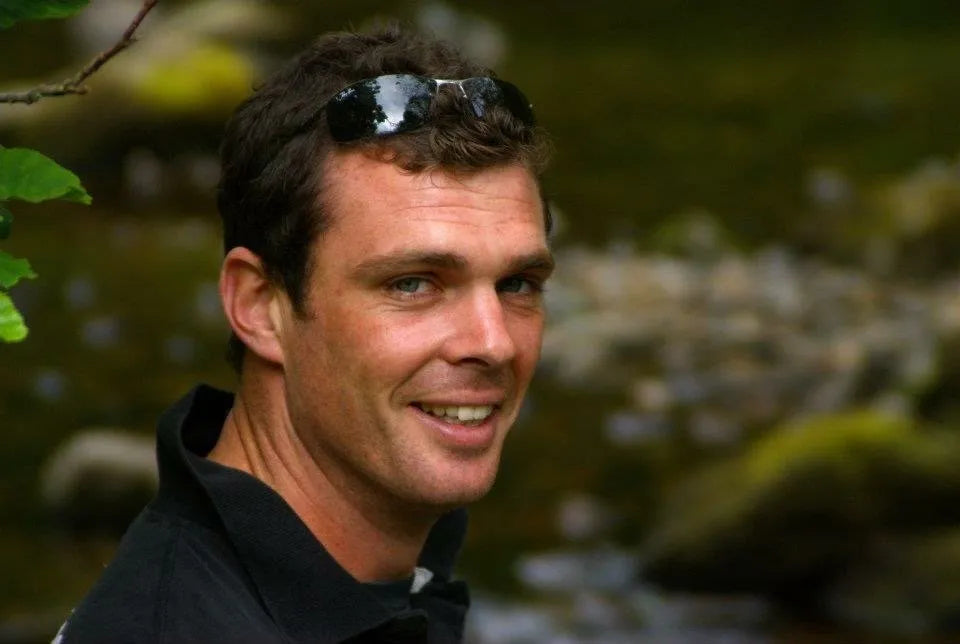
Good luck and Happy Re-Wilding!
Matt Walker
Green Keeper Services Ltd
You can find GK on Facebook
or Instagram


